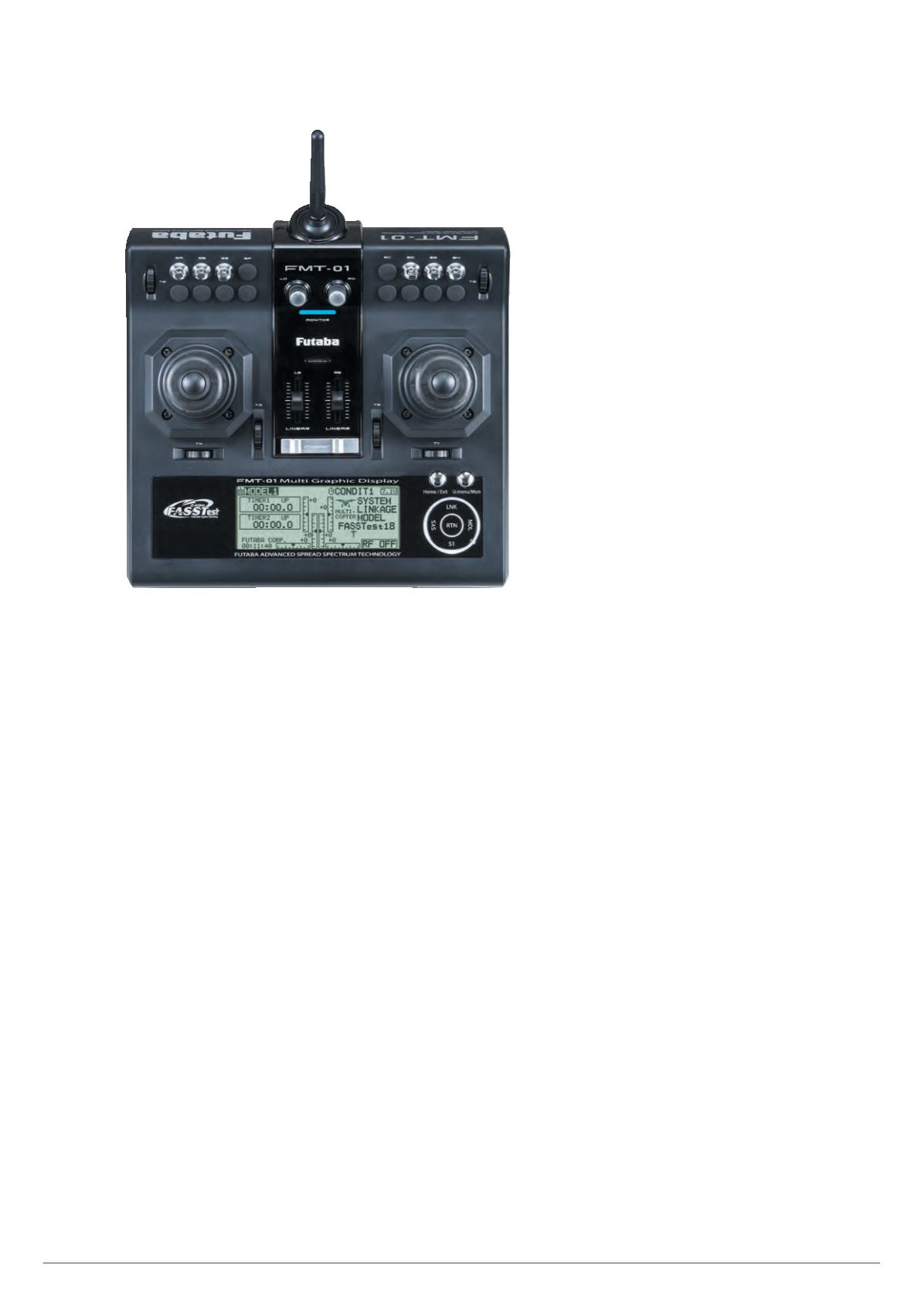

Show report
|
AUVSI’s Xponential
56
in the company’s cloud-based software
turn the sensor data into usable
business intelligence that can be easily
understood and shared.
Aeryon made another major
announcement at the show, which was
its teaming agreement with Persistent
Systems to embed Wave Relay tactical
radio capability into the 5.3 lb SkyRanger
quadcopter in place of its standard wi-fi
C2 and downlink.
Wave Relay networks are in
widespread service with militaries
throughout the world, Proulx said, and
embedding the radio card turns the
SkyRanger into a node on a mesh
network that allows anyone else on the
net to see what it sees.
It also extends the UAV’s control range
to the edge of the mesh, and benefits the
network by preserving connectivity in the
presence of obstacles such as hills by
enabling the UAV to act as an airborne
signal repeater.
While the soldier-worn Wave Relay
handset is a fairly substantial military
radio, the small card built into the
SkyRanger’s fuselage contains all its
functionality. This, said Proulx, allows
customers who operate Wave Relay
networks to deploy SkyRanger more
easily and efficiently in a plug-and-play
manner.
FLIR Systems used Xponential
to launch its Vue Pro R, the latest
member of its Vue thermal imaging
camera series for commercial UAV use.
The new R type adds radiometric
functionality to the Vue Pro camera,
giving UAV operators the ability to
save pictures for post-flight image
analysis and accurately measure the
temperatures of individual pixels.
When saved in radiometric JPEG
format, still images can be imported into
FLIR Tools software for detailed analysis
and reporting.
The software allows operators to adjust
settings including object emissivity,
background temperature, target distance,
relative humidity and thermal sensitivity,
as well as assigning various colour
palettes for each image.
Long-established servo
manufacturer Futaba announced new
full-metal (gear and case) servos, in
high-speed and high-torque variants.
As standard, they have telemetry
feedback and are available with fixed or
removable cable.
Also new at Xponential, Hiram Crisler
reported, was the FMT-01 transmitter, a
bidirectional comms device with three
axis and one push-controlled joystick
that works in conjunction with its FMR-01
receiver.
Autonomous Stuff displayed on
its booth a Lincoln MKZ production
car. Terry Lamprecht explained that this
was no run-of-the-mill example but
a self-driving vehicle demonstrating
his company’s Automated Research
Development Platform.
This includes three core elements, the
first of which is the By Wire vehicle, an
MKZ that has been fitted with specialist
hardware and software (to the client’s
requirements) such as a throttle and
brake controller module, a steering and
shifting by-wire controller module and a
touchscreen controller for monitoring and
controlling individual power channels.
The second core element is a
customisable perception kit. This includes
the likes of radar, Lidar, a camera, a
GPS/IMU and an ECU. Lamprecht noted,
“Options are unlimited – we are happy
to install sensors to meet any customer’s
needs.”
The third core element is what
Autonomous Stuff calls PolySync
– the autonomy operating system.
Lamprecht explained, “This is an entire
software platform specially made to
help developers build, test and deploy
automated vehicle applications quickly.
“Together these three core elements
fast-track those researching self-driving
vehicles.”
New from Spectracom is VersaSync,
which David Sohn described as “an
all-in-one time and frequency solution”,
explaining that it is “a high-performance
June/July 2016 |
Unmanned Systems Technology
Futaba’s FMT-01 bi-directional comms devise









